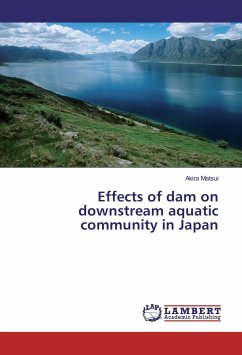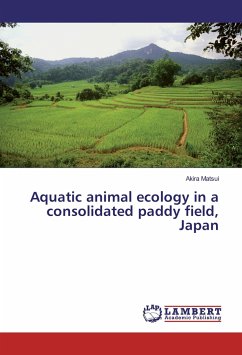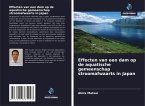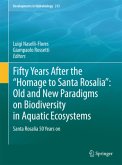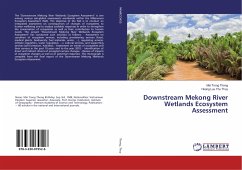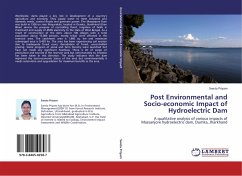Lake Biwa is the largest natural lake in Japan. The Lake Biwa has been managed by Act on Special Measures concerning Lake Biwa Comprehensive Development. In terms of being managed, the Lake Biwa is same as artificial lakes which are called dam. The Lake Biwa Comprehensive Development Project was conducted from 1972 to 1997, and after that, submerged macrophytes in the southern basin of Lake Biwa have been increased. On the other hand, macroinvertebrate assemblages in the most dams downstream have been dominated by net-spinning caddisflies. This book makes clear the causes of these phenomena, and proposes for improvement of downstream aquatic comunity in Japan. This book will furnish an opportunity for readers to understand the present status of rural ecosystem in Japan and create a sustainable society in the world.
Bitte wählen Sie Ihr Anliegen aus.
Rechnungen
Retourenschein anfordern
Bestellstatus
Storno

